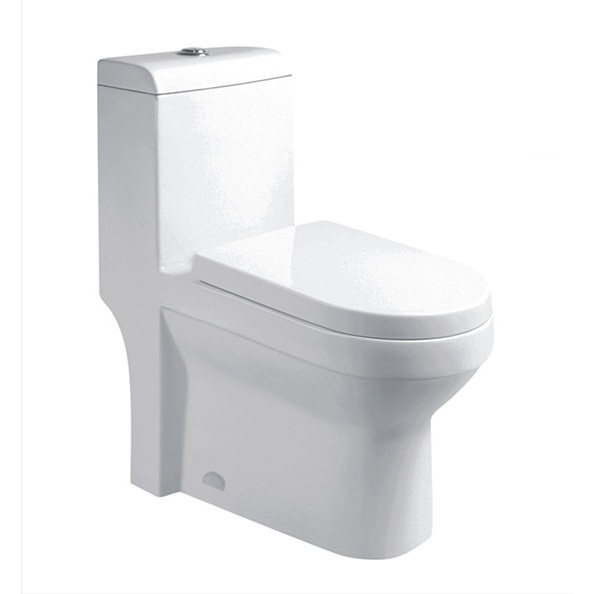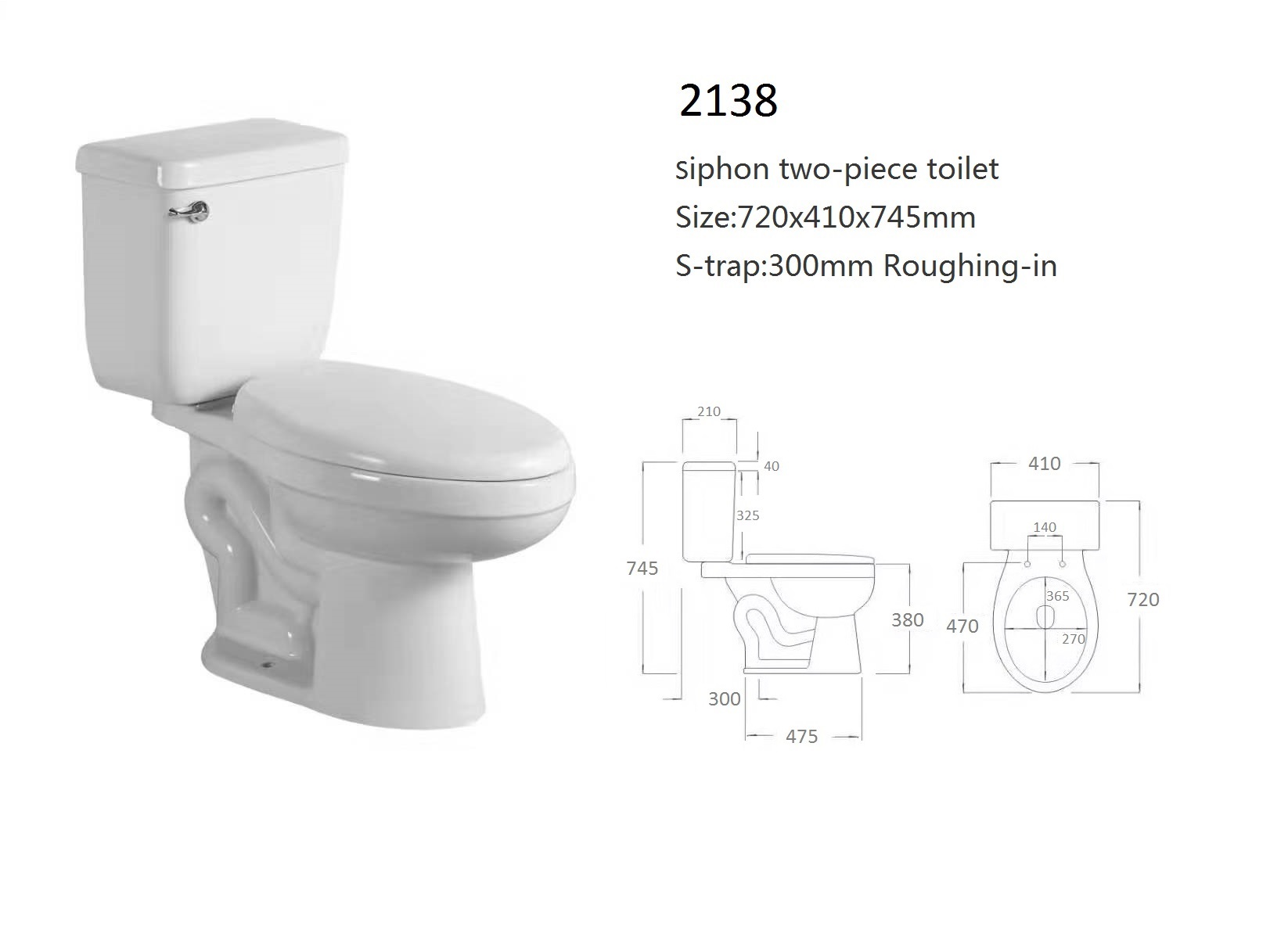Science about water efficient toilets
We use toilets every day, but do you know the process of flushing? Double flush toilets use water to push and pull, and is composed of a toilet, a toilet tank, a flushing mechanism and a water injection mechanism.
The key to water efficient toilets seat is the siphon effect. The siphon tube is a water pipe with an S-bend. Molding it in the toilet seat can keep the amount of water in the toilet seat constant. At the same time, it also has the function of a water seal to prevent disturbing gases and odors from rising through the sewage pipe and floating into the home.
When using the toilet, the water level rises slightly and overflows into the siphon, which is not enough to trigger the siphon effect. To trigger the siphon effect, a large amount of water needs to be injected at once, pushing the water in the siphon tube into the bend and pouring a large bucket of water into the toilet will be effective. Fill the siphon tube to cause flushing. Water and contents are siphoned down the tube, causing a flushing sound. When the water in the toilet seat is almost leaking light, air enters the siphon, which stops the flushing and causes a grunt.

The key step is to fill the siphon, gravity will do the rest. Thanks to the cohesive force of the liquid, these forces make water molecules pull neighbors. When they fall from the high point of the siphon, it is actually gravity, not the change in pressure that causes the siphon phenomenon. The water tank is equal to the bucket of water. When the flush handle is pressed, a chain pulls up the flush valve covering the drain hole. The water in the water tank rushed out and filled the toilet seat in about six seconds. Water enters the toilet seat through the hole next to it. Through the so-called jet siphon hole, most of the water in the tank is directly injected into the siphon. The rapid water flow triggers the siphon effect and flushes the water and excrement down the drain.
When water efficient toilets flushed, the originally floating flush gate drained out of the water in the tank and fell back to its original position. It covers the drain hole and the water tank can be refilled with water. The water pressure returns the flush valve to its original position, waiting for the next flush.

When the water in the water tank is exhausted, a float falls to the bottom of the water tank, triggering the action of the water inlet valve. When the float falls, the water valve opens, and the water inlet valve allows water to enter in two directions, namely the water tank and the toilet seat. When water is poured into the water tank, the float goes up. After a certain degree, the inlet valve will close.
Although the toilet is specialized in removing excreta, a leaky toilet will cause waste. Even if only 1/300 ounce of water leaks in a minute, 139 gallons of water will be wasted a year. In fact, toilets account for more than 30% of the water used in homes, surpassing other household equipment. For many years, the design of the toilet has been modified to reduce the amount of water required for smooth flushing.
In 1960, each flush of toilet will consume 5 gallons of water. Today's new toilet only requires 1.6 gallons, which really makes full use of the power of the siphon effect.

